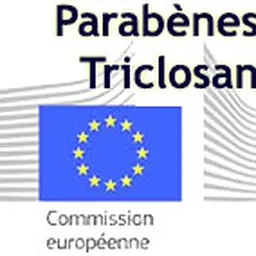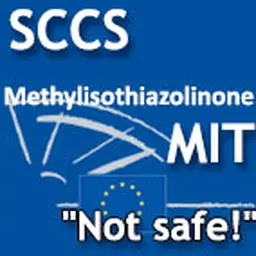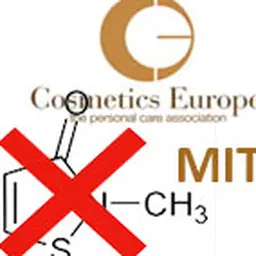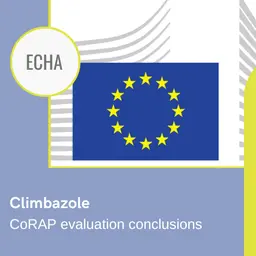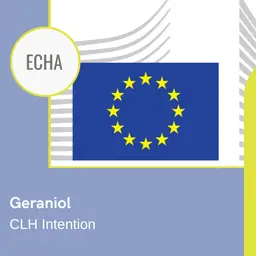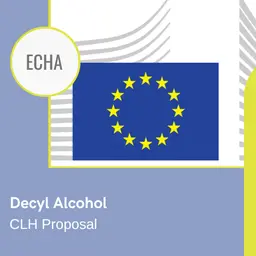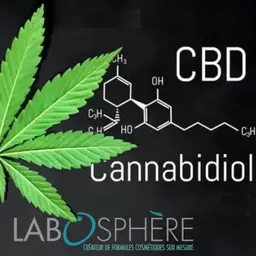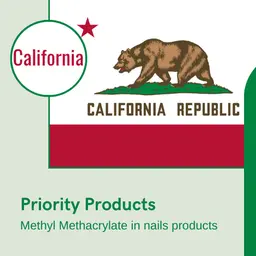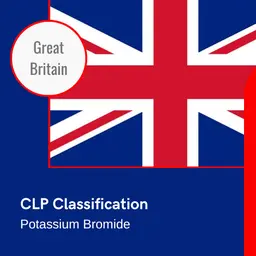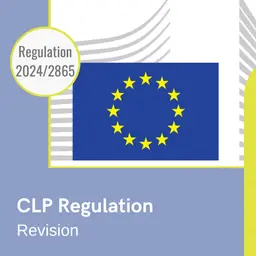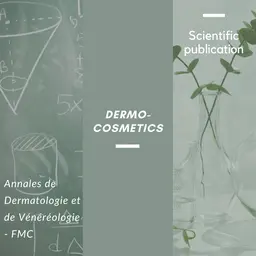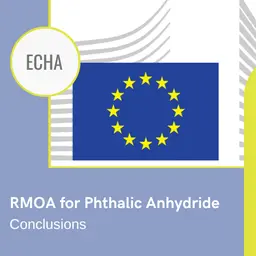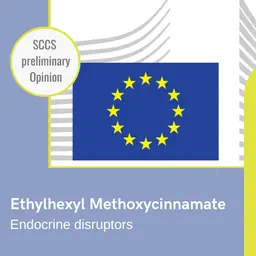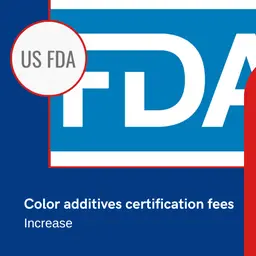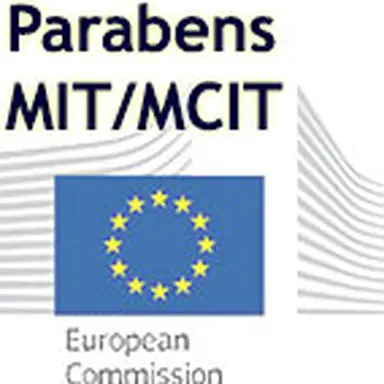
Decisions from the European Commission were expected following the opinions of the European scientific experts, who recommended their use to be limited and somehow restricted. They have just been published in the form of two regulations, and are dated September 26, 2014. The MIT/MCIT mixture is now banned from leave-on products, and Butylparaben and Propylparaben are banned in baby products designed for the nappy area.
It has been a few years now since these preservatives had been in the sights of both consumers and health authorities. Their safety was being assessed at the European level by the SCCS (Scientific Committee on Consumer Safety).
The European Commission has thus decided to follow the experts’ recommendations and impose additional restrictions to the use of two parabens (Butylparaben, Propylparaben) and of the MIT/MCIT mixture (Methylisothiazolinone + Methylchloroisothiazolinone).
Butylparaben - Propylparaben
Up until now, parabens were regulated as a whole group and subjected to the same regime of use:
• maximum concentration in a product: 0.4% for single esters,
• maximum concentration in a product: 0.8% for mixtures of esters.
Five parabens were already banned in April 2014 (Isopropylparaben, Osobutylparaben, Phenylparaben, Benzylparabene, Pentylparabene) by Regulation 358/2014 for lack of sufficient data to be able to affirm their harmlessness. The decision hardly had any impact, since these substances are rarely present in cosmetic formulas.
The SCCS confirmed the harmlessness of short-chain parabens (Methylparaben, Ethylparaben) at the authorized concentrations several times. Nothing has been changed for them.
However, Regulation 1004/2014 of 18 September 2014, published in the Official Journal of the European Union of 26 September 2014, considerably modifies the conditions of use of two long-chain parabens due to their potential to act as endocrine disruptors: Butylparaben and Propylparaben.
Restriction on maximum authorized concentrations
Experts considered the sum of their individual concentrations should not exceed 0.19% as esters, that is, 0.14% as 4-Hydroxybenzoic acid. This way, these preservatives do not present any risk for consumer health in cosmetic products.
The same restrictions apply to their sodium and potassium salts (Sodium butylparaben, Sodium propylparaben, Potassium butylparaben, Potassium propylparaben).
Ban in products designed for the nappy area
If the experts concluded that there was no safety concern for these parabens in these new concentrations for children of any age group, they did maintain that concerning butylparaben and propylparaben present in leave-on cosmetic products designed for application on the nappy area of children below the age of six months.
For practical reasons linked to the fact that products for infants are usually marketed for children under three years, the Commission has decided to ban them in leave-on cosmetic products designed for application on the nappy area of children below three years.
Deadlines for implementation of the new regulations
A delay is granted to allow the industry to make the necessary adjustments to product formulations.
• New products: from 16 April 2015, only cosmetic products which comply with these new provisions shall be placed on the Union market.
• Products already on the market: they can still be marketed until October 16, 2015.
Methylisothiazolinone and Methylchloroisothiazolinone
The Methylisothiazolinone + Methylchloroisothiazolinone mixture has been used a lot by the industry over the last few years, especially to replace the parabens hunted down by consumers. But it was not long before the strongly allergenic potential of this complex was highlighted and alerted health authorities.
Until then, it was authorized at a maximum concentration of 0.0015% of a mixture in the ratio 3:1 of Methylchloroisothiazolinone (and) Methylisothiazolinone respectively in all types of cosmetic products.
Ban in leave-on products
The SCCS concluded that, at its authorized concentration and ratio, this mixture could still be used in rinse-off products (shower gels, shampoos, cleansing gels…) without causing any risk. The SCCS indicated that induction and elicitation leading to allergies would be less likely in a rinse-off product than when the same concentration is present in a leave-on product.
The Commission thus decided (Regulation 1003/2014 of 18 September 2014, published in the Official Journal of the European Union of 26 September 2014) not to change anything for rinse-off products, but to ban the use of the Methylisothiazolinone + Methylchloroisothiazolinone mixture in leave-on products.
Deadlines for implementation of the new regulations
Similarly to the provisions regarding parabens, a delay is granted for the cosmetics industry to comply with the new Regulations.
• New products: from 16 July 2015, only cosmetic products which comply with these new provisions shall be placed on the Union market.
• Products already on the market: they can still be marketed until April 16, 2016.
Communication from the Commission
On the very day these two Regulations came out, the European Commission published a press release on its website entitled ‘Consumers: Commission improves safety of cosmetics’.
It was accompanied with this comment from Neven Mimica, the European Commissioner for Consumer Policy: We have shown once again that the safety of consumers is paramount in every decision we take. Preservatives in cosmetics serve a valuable function ensuring that the products we use on a daily basis are free from pathogens. We need however to ensure that the preservatives guarantee the maximum degree of protection. With these measures consumers can be reassured that their cosmetics are safe.'
It was also a way to remind that cosmetics are always considered from the standpoint of their users’ health, although when the Commission was reorganized after the election of Jean-Claude Juncker as its President, the cosmetics sector was moved to the DG Enterprise and Industry …
Learn everything about the new regulations
• See
Regulation "Parabens – Butyl-Propyl" No 1004/2014
in the PRO Section
• See
The "MIT/MCIT" regulation No 1003/2014
in the PRO Section

